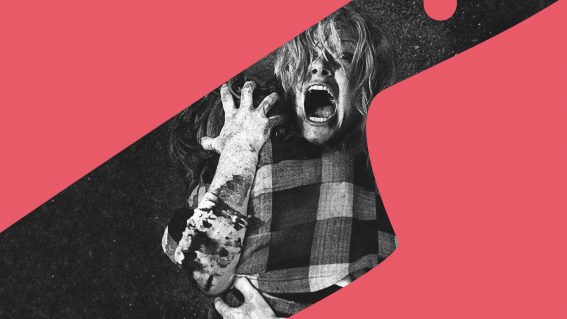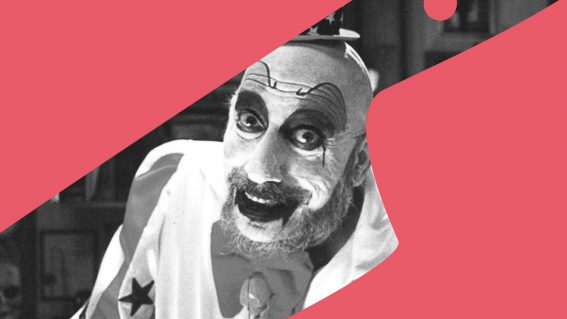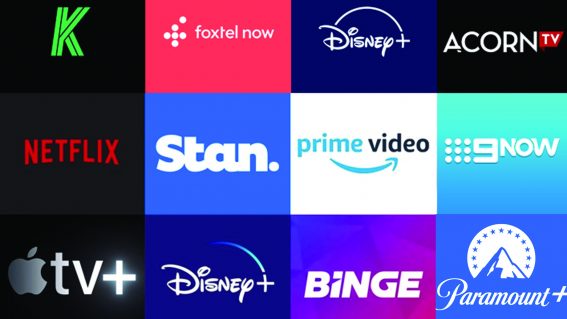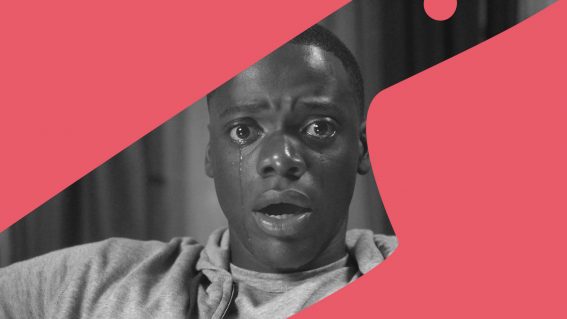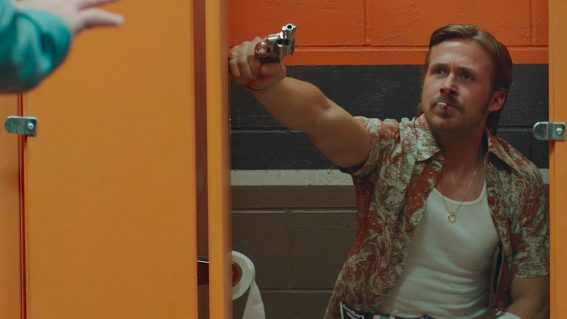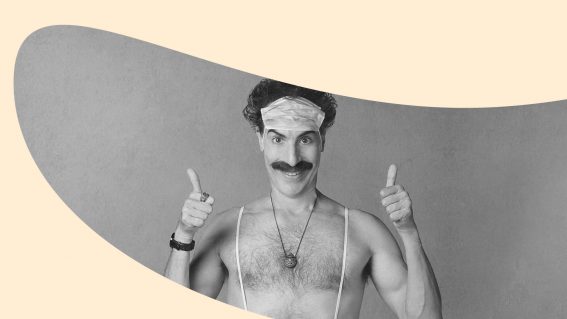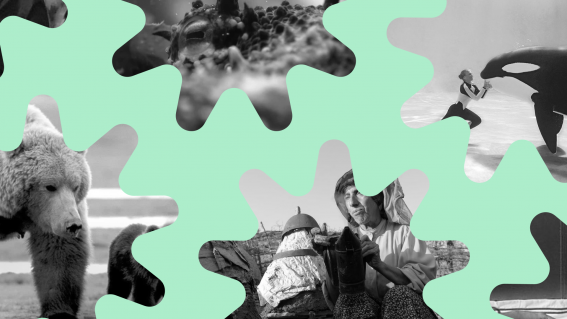Interview: ‘Doctor Strange’ Director on his Intimate Visual Extravaganza
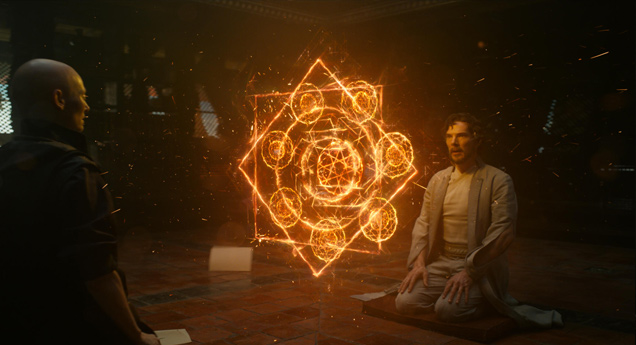
Marvel’s mindbending mage Doctor Strange is almost upon us, with Benedict Cumberbatch’s cloaked conjuror hitting screens October 27th. You may have seen our interview with co-star Tilda Swinton, here director Scott Derrickson (Sinister, The Exorcism of Emily Rose) talks us through his trippy-as-hell film.
FLICKS: I saw a first look at the film in IMAX earlier in the week and was absolutely gobsmacked by it. I can’t wait to see the full feature. You’ve shared with someone probably the most psychedelic thing they’ve ever seen.
SCOTT DERRICKSON: Oh my god. Well thank you. That’s spectacular music to my ears.
I can’t wait to really lean into those sequences in the cinema. It’s going to take a bit of dissection, I think, to really pick apart all those constituent elements you crammed in there; there’s a hell of a lot going on.
Yeah, that was intentional. I think that with audiences, number one, they’ve grown tired of seeing big budget movies using visual effects to achieve the same kind of imagery. That of massive destruction and gun fights and blowing shit up. It’s like, “how many times can I watch that and still feel stimulated by it?” But I also think that in this day and age, audiences can take in an awful lot of information really fast and what they’re able to absorb has grown significantly, the visual sophistication of the audience.
So, part of my intention with this movie was to overwhelm them, because people aren’t used to being overwhelmed. You give them more – not in a disorienting way – but just to give them more than they can possibly absorb and to give them a full absorption. Not just stimulus, not distraction, not visual chaos, but actual imagery that they can appreciate and take in, and for that imagery also to be denser and more interesting than what they can take in on a single viewing. Because that’s what I think great cinema does, it gives you a reason to watch it more than once. I wasn’t motivated remotely by bigger box office for that, I just know what I like in movies and what my own appetite is for cinema evolution.
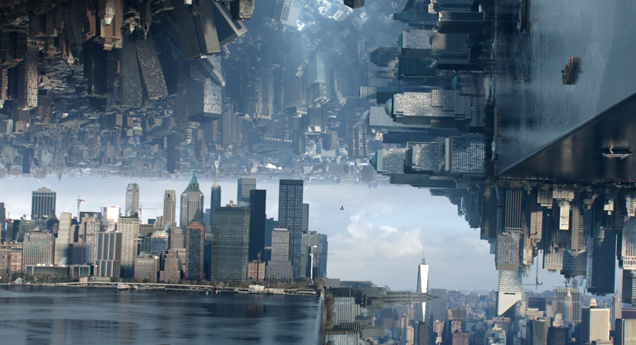
That monotony to which you refer can come from a style being established for a film that’s just boringly consistent the whole way through. Whereas in the mindbending ‘Doctor Strange’ footage, part of it’s about being dazzled by the scope of what you see on screen and actually letting you own eyes wander. Other times you’re being dragged around by some really gut-wrenching uses of depth and focal points in the 3D to pull you into an intense ride.
Yeah, that was the trick; that was the goal. And, of course, all of that being in service of story, in service of a single character. When I was working on the movie, I was very conscious that in trying to do something as visually ambitious as this – as hard as that is to achieve – it would be very easy to lose perspective of what the movie is that you’re trying to make. What the holistic movie is.
So I wrote on the cover of my screenplay, “It’s a mind trip action movie about one man overcoming himself.” And I read that phrase every morning before I would read the pages of the script that I was going to shoot that day because that’s what’s great about the comics. The comics were this psychedelic, ’60s, experimental mind-expanding, visually extraordinary multi-dimensional visual extravaganza on the surface of this kind of lonely intimate journey that this character takes, moving from selfishness and skepticism to selflessness and mysticism.
I thought if I could create these kinds of progressive visual sequences and do all of that in the service of a narrative and a character that the audience actually is also surprised by, and interested in, and wants to stay with, well then I will have made the kind of movie, and specifically the kind of tentpole movie, and comic book movie, that I’m craving to see.
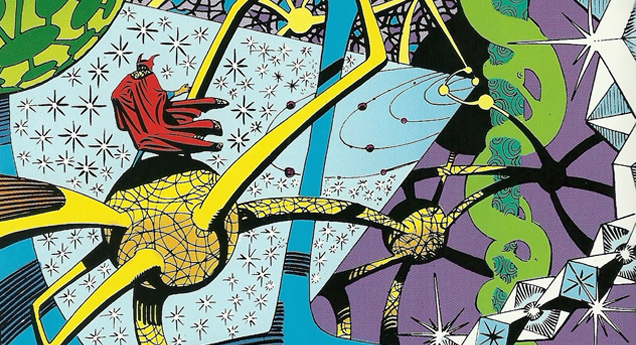
Those challenges have been present through the Marvel cinematic universe to one level or another, but I think the degree of difficulty is climbing from film to film, and particularly if you compare what you’re wrestling with in terms of making ‘Doctor Strange’ a coherent film. Compared to, say, ‘Iron Man’, it’s off the scale. For me, ‘Ant-Man’ took massive risks in what an audience is prepared to go along within a traditional format. I think you’re taking another big step with that here.
Yeah, I think the same thing, and I think that’s to Kevin Feige’s credit. I think he understood that there was a degree to which the MCU that he had built was drawing to its culmination and that he was quickly and rapidly approaching an evolve-or-die point. And so Ant-Man was stretching what an audience was expecting and ready for.
Guardians of the Galaxy had been a massive left turn before that. When I saw that – I saw it three times actually in the theater – and all three times the audience took about half an hour just to learn the sense of humor that it had, literally, the sense of humor because people weren’t laughing at first because it was so weird. It was just so weird! And then you sort of warm up, “god, this is so zany, okay, I’m going to go with it” and then it becomes hysterically funny. And I took my kids, they didn’t laugh for the first half hour, until I took them the second time, and then they laughed through the whole entire opening credits because they had learned how to watch it.
Doctor Strange, I think, is the hardest left turn that Marvel has tried to take, so as a film-maker, I was in the glorious and jubilant position of being able to innovate and try to create and press the boundaries without any resistance. There was no fear. The only fear was that we wouldn’t be bold enough.
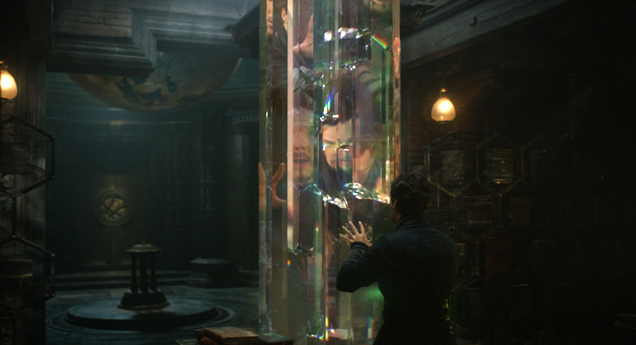
I was going to ask you about how the challenges and opportunities of that character presents themselves, but I think you’ve just answered that, that you basically can go for broke with this character, with this film.
Yeah, and go for broke in more ways than one. As much as I love the visual sequences, my favorite thing about the movie is this kind of spiritual humanity to it, not in any kind of religious sense or new age sense, but just that I think that when you watch the movie, there is something in it that’s so timely, especially in America, about silencing the ego and personal growth and transformation through trauma and what we do with our time in this mortal world. It’s all so personal and relatable to any audience member. I think as bold as the visuals are, there’s something about the personal thematic elements of the character’s journey that is the boldest part of all.
Something that’s in common with other Marvel films that have preceded it, is you’re not necessarily – based on your filmography – a really logical choice to be given a huge film. And you look around the previous films and the films that are in production and you can say the same of many of the other directors. But what seems to be the risk that pays off for Marvel is in finding people who not just have a fresh sensibility, a fresh take on the material, but are really really good at creating an atmosphere where actors can do their best work and, in particular, sell the reality that sits in the middle of all of this CG machinery.
Well I think it’s at the top of a long list of Kevin Feige’s extraordinary talents. And I think at the very top of the list is his directorial choices for these films. And what makes him different than every other studio head is that he does not make those choice at all based on IMBD pages, based on heat, who’s the hot director right now, based on previous filmography. Just because somebody’s a great director, doesn’t mean he’s going to pick them to do one of these movies. He looks for a number of things. You have to go through a lot of meetings with him to get the job.
There were a lot of directors vying for Doctor Strange and just like James Gunn was an unlikely choice for Guardians and the Russos were a really unlikely choice for Winter Soldier, I was an unlikely choice to get a movie this size. But he recognizes vision, specific vision, that is appropriate to the adaptation of the comics, as well as passion and commitment, and then he just has a really good sense of talent that is very precise.
He recognizes what it is that makes a filmmaker good at what they do. And I think, in my case, he’s not a horror movie fan – but he had seen all my films. He used to be a big horror movie fan when he was younger, but that’s not, by any means, his favorite genre. But he had seen all my films and I think that he really appreciated and respected the fact that I have always told stories about the fantastical and the supernatural and done that with real good actors, in very grounded performances, and that there was a good dramatic storytelling occurring amidst the fantastical nature of the movies that I was making.
I think that’s why my movies have been successful because they do that. And Doctor Strange required that; it required nuance, directorial abilities with actors and grounded dramatic performances, but it also goes so wildly into the fantastical, so that combination of pushing boundaries both ways, I think was what they were looking for.
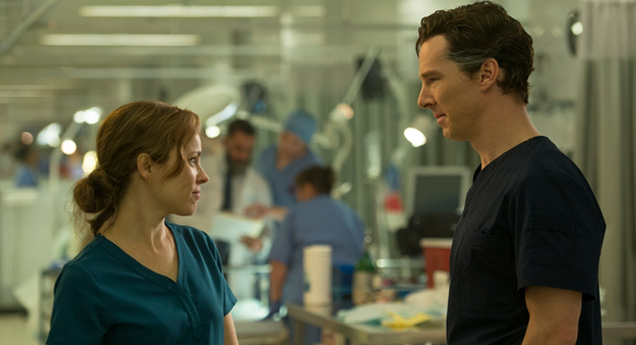
The movie is pushing the visual boundaries and the fantastical boundaries and the supernatural boundaries of the MCU, but it’s also kind of pushing the opposite direction in that I think that some of the most dramatic scenes ever put in a Marvel movie are in this movie. Some of the most dramatic, serious, grounded dialogue scenes are in this movie and that’s why I think one feeds the other. The more grounded, and realistic and dramatic your characters are, the more the fantastical feels real, and the more the fantastical is surprising and thrilling and awe-inspiring to an audience, the more they want to stay with the characters that are experiencing those supernatural and fantastical realities.
So I think that was why I was the right choice for the movie, combined with the fact that I came in with a really specific take on how to do it, and what I came in with and what I pitched to them is the movie we ended up making.
To dive back into the visual overload that I got to experience some of earlier in the week, I was trying to pull out some of those elements woven into the DNA of how those sequences look, and there’s so many things in there. Everything from really obvious comparisons, we’ve got ‘2001’ right down to kind of very timely GIF-based art or VR art. Are there some visual things in there that you think people might not pick up on first or second viewing that you want to point us to?
Yeah, the idea was to create visuals that were dense enough that people would want to see it again because it was so much to take in in the first experience, but that’s also what it is for the character. The sequence you’re talking about is overwhelming for the character. His mind is blown by the end of that scene and I knew that that was only going to work if the audience’s mind was blown by the end of that scene.
In terms of source inspiration, yeah, certainly there’s online experimental imagery, surrealistic photography, also some classic Escher and Dali stuff and then the Steve Ditko comics above all. Those images are progressive, those images are still progressive, they’re still un-imitated, they’re still fresh and I don’t think that visual effects could have captured those images even five years ago. The visual effects technology has finally caught up with the comics and that’s why it was one of the many reasons it was time for this movie.
Advance tix for ‘Doctor Strange’ on Oct 27th are on sale now

